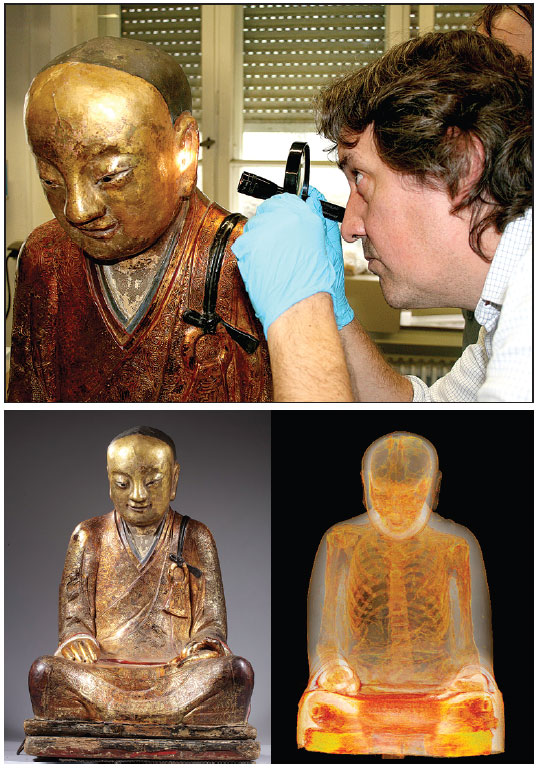Expert sheds light on mummified monk found in Buddha statue
Updated: 2015-02-25 07:27
By Luo Wangshu(China Daily USA)
|
||||||||
The reason the mummified remains of a monk found encased in a Buddha statue have received so much attention and even caused surprise may be due to a lack of understanding of Buddhism, according to a Chinese expert.
The remains, minus organs, were found in a statue dating to the 11th or 12th century.
The fact the organs were missing is nothing out of the ordinary, according to Master Zengqin, vice-chairman of the China Buddhism Association and abbot of Da Ci'en Temple in Xi'an, Shaanxi province.
Britain's Daily Mail newspaper said Erik Bruijn, a Buddhism expert, led the study that determined the mummy was of Buddhist master Liuquan, from the Chinese Meditation School.
A CT scan and endoscopy on the remains were carried out by the Drents Museum at Meander Medical Centre in the Netherlands.
Master Zengqin said that when monks who have made great achievements are about to die, they stop eating and drinking to deplete their organs.
"The remains will mummify - as opposed to being removed by humans," said the head of the temple where Master Xuanzang (599-664 AD) translated Buddhist classics he brought back from India.
After the scan, the remains were taken to Budapest, where they are on display at the Hungarian Natural History Museum until May before being taken to Luxembourg. They had been on display at the Drents Museum for the past year.
Master Zengqin said that monks with great achievements can usually sense their deaths and will start advanced meditation in the lotus position, while refraining from eating or drinking.
After a monk dies, he is buried sitting in the lotus position in a clay vessel. The preserved body is decorated with paint and adorned with gold.
"There are many Buddhist mummies in China, such as at Mount Jiuhua," he said, referring to the peak in Anhui province.
Having read the story and seen accompanying photographs, Master Zengqin said the face of Liuquan's mummified remains might have been painted.
"No chemicals have ever been used to preserve monks' remains," he said.
luowangshu@chinadaily.com.cn
|
A researcher studies a hole in the ear of a Buddha statue dating to the 11th or 12th century at the Drents Museum in the Netherlands. The mummified remains of a monk were found encased inside the statue. Photos Provided by The Drents Museum |
(China Daily USA 02/25/2015 page3)
- Greece makes more concessions to euro zone, Germany sets vote
- Portugal to enforce tighter investor visa rules after scandal
- Kiwi opposition blasts troop deployment to Iraq
- Vietnam's travel companies cash in on Lunar New Year holiday
- Eurogroup, Greece agree on bailout extension for 4 months
- Foreign workers killed in Abu Dhabi blaze
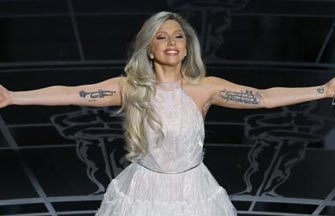
 Lady Gaga, Julie Andrews notch Oscars' top social media moment
Lady Gaga, Julie Andrews notch Oscars' top social media moment
 Festive dragon
Festive dragon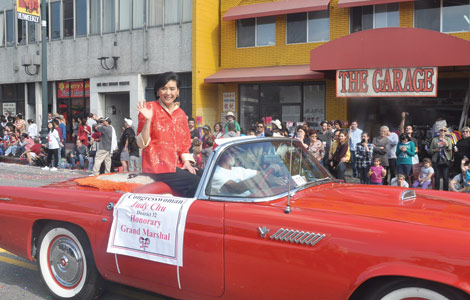
 Riding in style
Riding in style
 Chinese volunteers make the homeless feel at home
Chinese volunteers make the homeless feel at home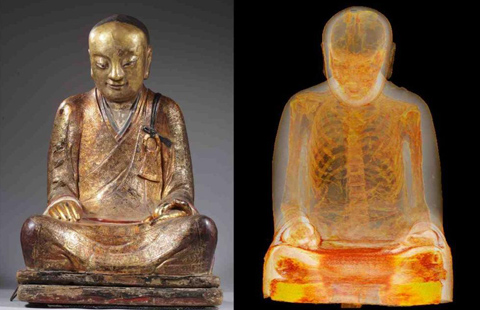
 Monk's body found concealed in Chinese Buddha statue
Monk's body found concealed in Chinese Buddha statue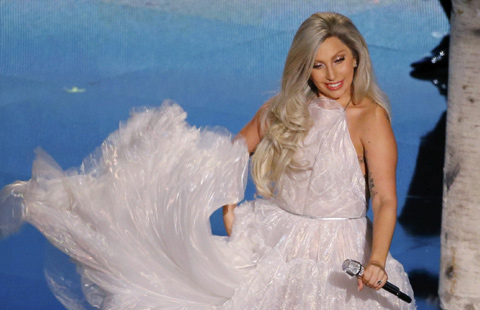
 Lady Gaga, Julie Andrews notch Oscars' top social media moment
Lady Gaga, Julie Andrews notch Oscars' top social media moment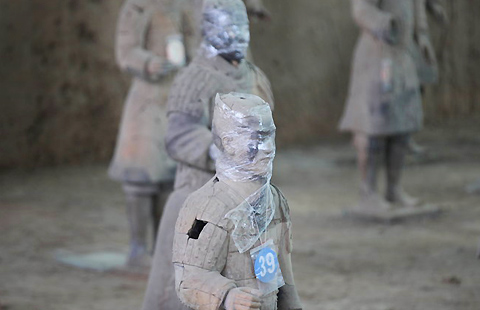
 Restored terracotta warriors don 'scarves' and 'dresses'
Restored terracotta warriors don 'scarves' and 'dresses'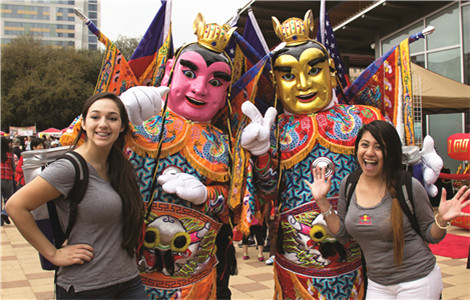
 Texas Lunar Festival fun
Texas Lunar Festival fun
Most Viewed
Editor's Picks

|

|

|

|

|

|
Today's Top News
Chinese foreign minister cites key principles
Petition seeks to overturn Chinese-American officer charge
China highlights dos, don'ts in developing intl relations
Advocates optimistic on immigration
Google teams up with 3 wireless carriers to combat Apple Pay
Kiwi opposition blasts troop deployment to Iraq
It's not just the gift, but the thought behind it
Savoring benefits of medicinal foods
US Weekly

|

|
